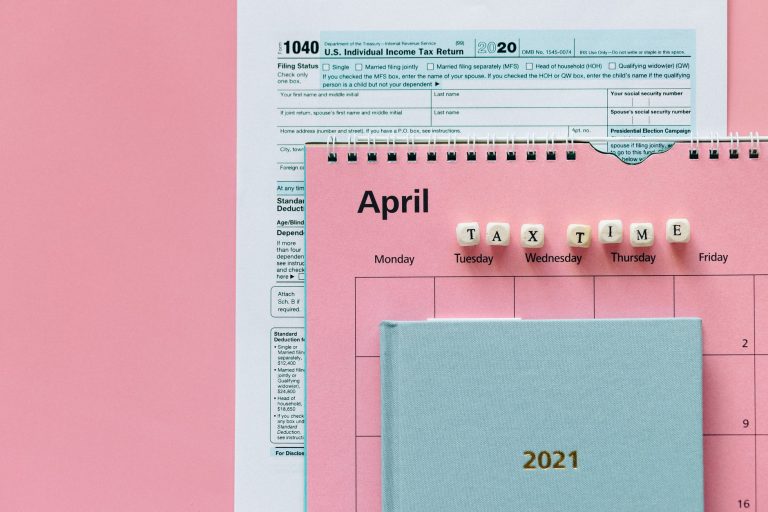Many federal agencies and programs rely on annual funding from appropriations approved by Congress. In the United States, Congress begins to control federal funding in the US by proposing bills aimed at setting the level of spending on federal departments and government programs.
To avoid a shutdown, Congress must pass 12 different budget bills in both chambers, broken down by topic and based on the funding levels in the budget resolution, before they are signed on October 1 by the president. This is done by passing a law that packs the invoices into buses or minibuses. A shutdown can be avoided by passing an ongoing resolution (CR) that extends the government’s financing for a certain period of time while negotiations on the provision of loans between the parties involved are conducted until a political standstill on spending is agreed. There are two ways to avoid a government shutdown: passing appropriations or continuing resolutions (see the question of continuing resolutions below).
The Congress, where Democrats hold a razor-thin majority, is scheduled to vote on a bipartisan resolution to fund federal operations by early December when funding ends on Thursday midnight. Passage would give lawmakers more time to craft a spending measure that provides federal agencies and programs on which they work to keep the government open and running. It would also serve as a backdrop to a chaotic day for Democrats as they struggle to get some of Biden’s top domestic priorities past the finish line, including a $1 trillion bipartisan infrastructure bill that threatens to stall in the House. If the resolution funding government passes the Senate, the house will vote to send it to Biden, a former senator himself who has canceled a trip to Chicago to negotiate with Congress and sign the bill to avert a partial government shutdown amid a national health crisis.
President Joe Biden signed an emergency law passed by Congress before midnight to avoid a government shutdown due to lack of funding. The bill would provide financial support to the government until 3 December, providing help to communities affected by hurricanes, wildfires and other natural disasters, as well as cash to aid Afghan refugees. Hours before the midnight deadline, the U.S. Senate and House of Representatives passed a preliminary funding bill and sent it to the White House.
A bill that was supposed to continue funding the government until December 3 came at a cost: Democrats were forced to remove language from a bill to raise the debt ceiling.
A full government shutdown would affect more federal employees than the previous partial shutdown in 2018, said Committee for Responsible Federal Budget. If Congress fails to fund the government by October 1, the federal government would come to a temporary halt. That means Congress would have to pass legislation by midnight Thursday to avoid a government shutdown.
A government shutdown could start as early as midnight on Thursday, September 30 when the government funding ends if Congress fails to reach agreement on the debt limit. To avoid a federal shutdown, Congress passed a bill to fund the government by 1 October, the start of the next fiscal year. An emergency measure that finances the government until December 3 and suspends the debt ceiling until December 2023 will keep the government operating until December 3, but it does not address the approaching deadline to raise the limit to avoid default.
The House of Representatives Tuesday night passed a resolution, the first of several hurdles needed to avoid a government shutdown over the next nine days. The last shutdown, from 22 December 2018 to 25 January 2019, was a partial shutdown, with Congress passing five of 12 budget bills. The measure, approved by the House of Representatives and passed by the Senate without a vote, ended the shutdown on January 23.
On Thursday, the last day of the federal government fiscal year, a shutdown appeared to be averted in the US with the Senate poised to pass a short-term funding bill to keep federal agencies open until early December and avert a partial shutdown. Since October 2017, Congress has not passed a law to fund the government for 2018, but has passed three CRSs that kept federal agencies open until January 19, 2018.
A full shutdown would be larger than the partial shutdown that began in December 2018, when Congress passed five of the 12 budget bills. A “shutdown” would hit hundreds of thousands of nonessential federal employees and force them to take unpaid time off. Essential functions such as the military, the law enforcement and the air traffic control would remain but organizations such as the National Park Service would be closed.
After Senate Republicans blocked a bill late Monday that would keep federal funding at current levels and suspend the debt ceiling, Congress moved closer to a government shutdown in the United States. The last time the government was forced into a partial shutdown was late 2018, when spending disputes between Congress and former President Donald Trump drew out workers and brought programs to a 35-day standstill. On Thursday, Congress averted a partial federal shutdown when Senate and House passed a bill that would continue funding government until December 3.
Congress passed legislation to avoid a partial government shutdown and maintain government funding until December 3, averting a crisis in the Senate and House of Representatives, but the delays persist as political parties are locked in a dispute over raising the federal debt ceiling and the risk of a catastrophic government shutdown. The House approved the bill by 254 votes to 175 but not before the Senate passed it by 65 votes to 35. Thursday night’s vote came after days of political dispute and uncertainty in Washington over whether a funding bill would pass in time. The Senate voted 65-35, and the House followed by 254-175 to pass legislation passed by Congress later in the day.
The funding vote stalled in part because Republicans and Democrats argued over whether to include a passage in the legislation passed by Congress that would raise the country’s debt ceiling.




